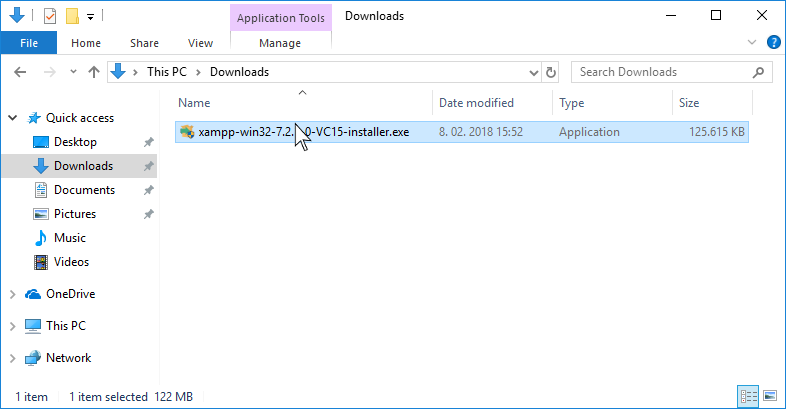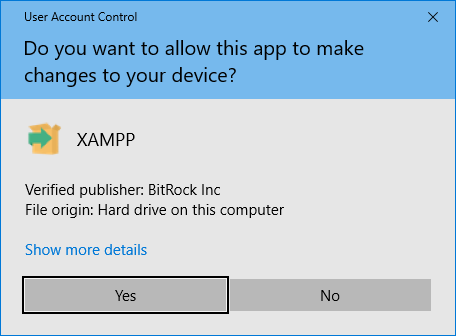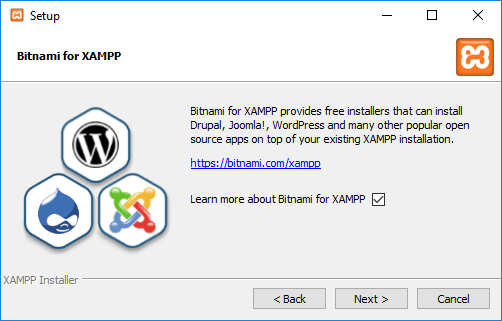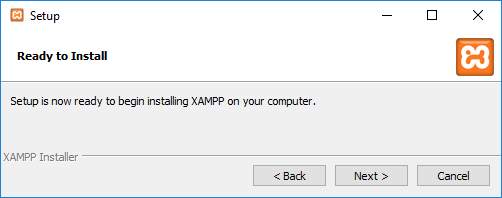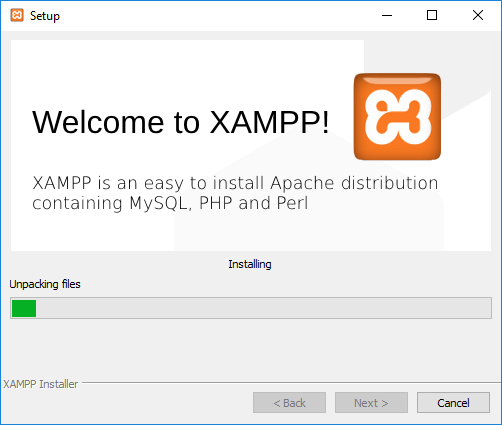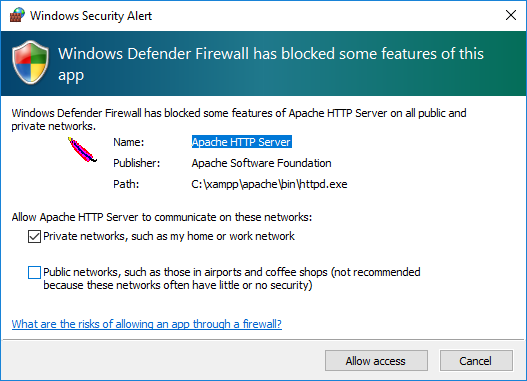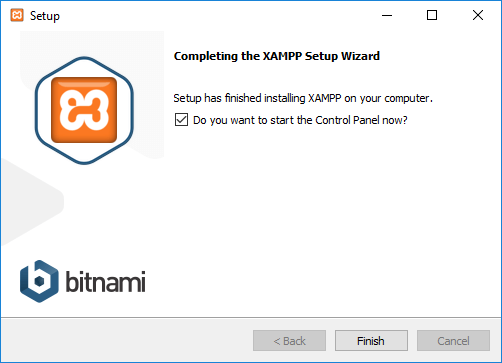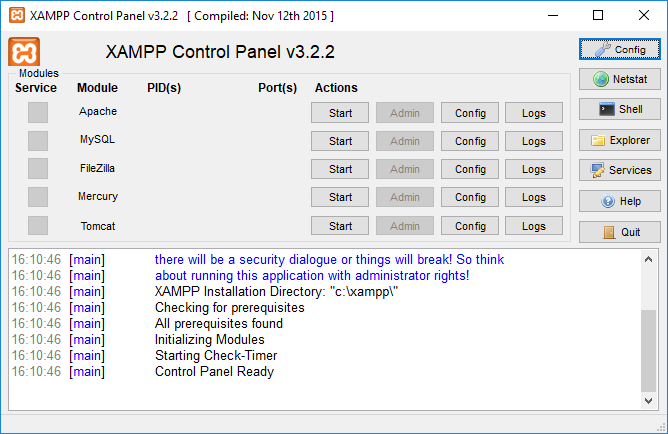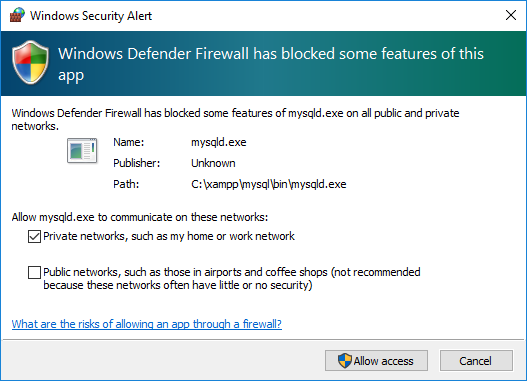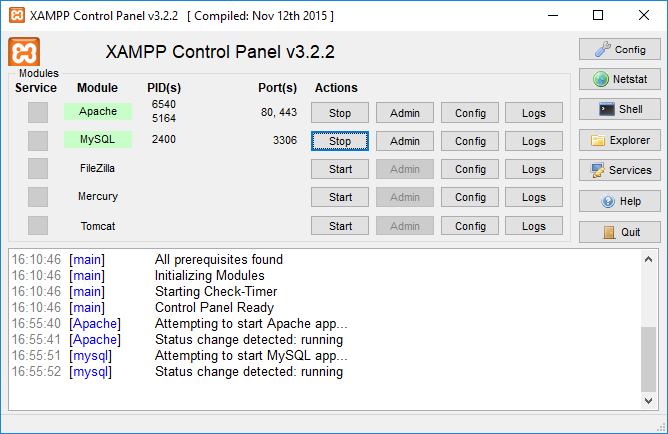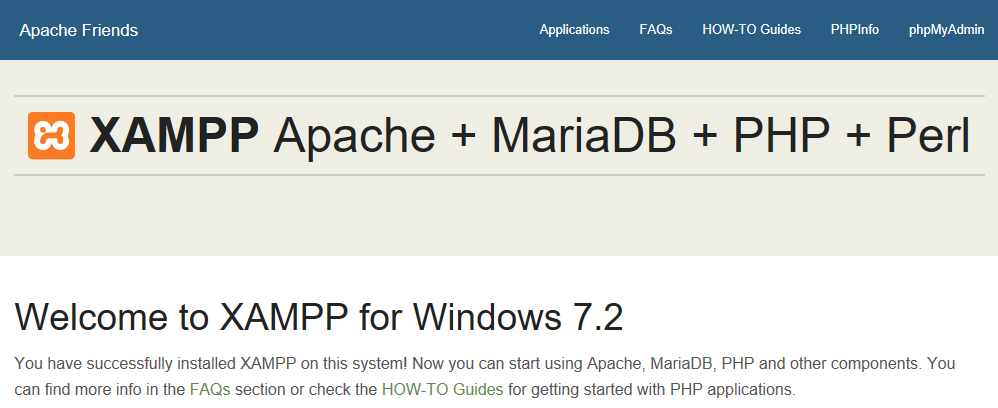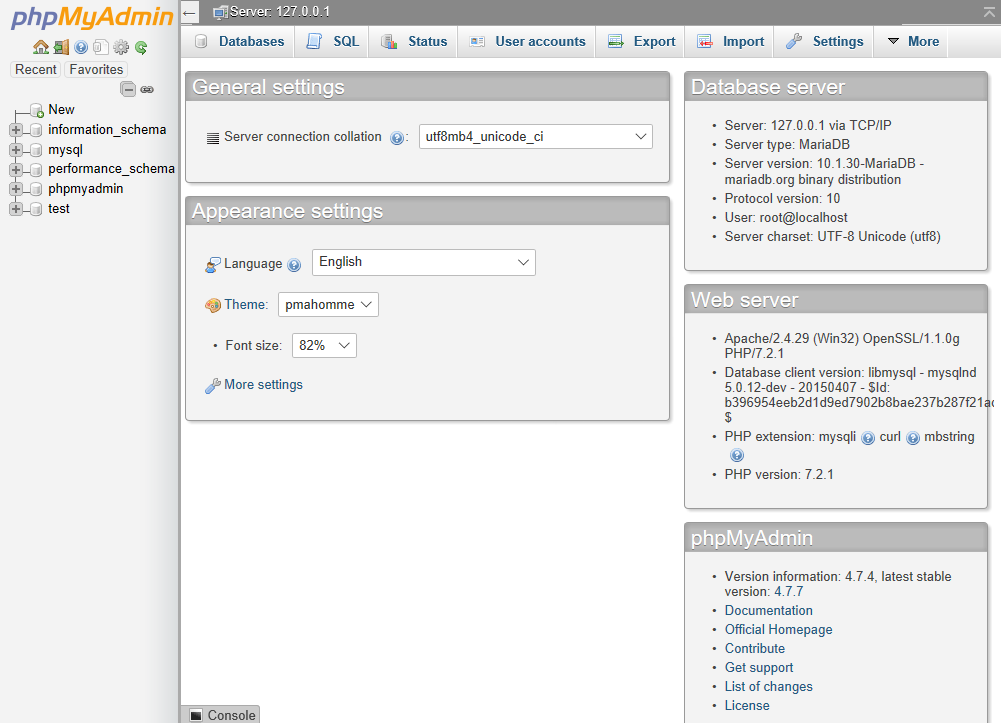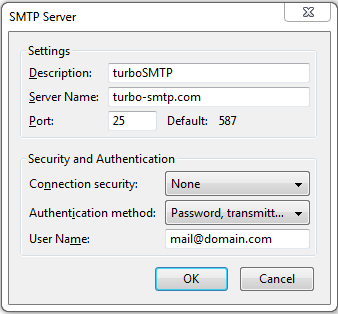This project is cloning the Domino's Pizza Website. Hope you enjoy!
This project is using XAMPP stack with the PHP development on the Windows platform.
XAMPP is an all-in-one stack that includes PHP, Apache HTTP server, and MariaDB database. It stands for Cross-Platform (X), Apache, MariaDB, PHP, and Perl. The main advantage is a simple and fast installation of the popular software for PHP development.
Usually, you won't see it in the production online environments directly because its main purpose is the PHP development and using it locally on your workstation.
In case of issues, see the Troubleshooting section at the bottom of this guide.
Download and install XAMPP from the official website.
Head over to the download section
and choose the Windows installer .exe for the PHP 7.2 version. Currently,
only 32-bit versions are available. This won't be an issue at this step even if
you have a 64-bit operating system.
After the download completes, run the installer:
The installer will ask you to confirm changes on your workstation:
Click Yes.
The following warning is notifying you about the UAC (User Account Control):
Important! Because an activated User Account Control (UAC) on your system
some functions of XAMPP are possibly restricted. With UAC please avoid to
install XAMPP to C:\Program Files (x86) (missing write permissions). Or
deactivate UAC with msconfig after this setup.
This means that in case your current Windows system has UAC enabled, you won't
be able to install XAMPP to the C:\Program Files (x86) location. You will be
able to install XAMPP elsewhere. For example, in C:\xampp folder, which is what
you want actually and this guide suggests further on.
To learn how to disable UAC, follow the procedure in the troubleshooting section at the bottom of this guide.
For security purposes avoid disabling the UAC as suggested in the warning and click OK.
The Installer's Welcome wizard screen appears:
Click Next.
The Components screen appears. Here you can choose only particular components that you might need.
A quick components description:
-
Apache
This is the main web server that provides something visible at the URL
http://localhost. -
MySQL
This is the main database that will hold your data. This component is actually a MariaDB (a fork project of the MySQL), however for the simplicity of understanding things, here is called MySQL. Majority of the functionality and how to access it with PHP is the same as the MySQL.
-
Filezilla FTP Server
An additional component to help you upload files remotely. It won't be used on your local machine,
-
Mercury Mail Server
Server for sending emails. It won't be used in the local development environment.
-
Tomcat
This is Apache Tomcat web server for running Java code.
-
PHP
This is the main component that you want. PHP language software itself. Prebuilt, compiled, packaged, and ready for usage.
-
Perl
An additional programming language you might want to check out.
-
phpMyAdmin
Control panel with accessible via
http://localhost/phpmyadminfor managing the database. -
Webalizer
A separate web-based log analyzer for statistics and analysis. This won't be used on your local machine.
-
Fake Sendmail
This is a mailing simulation component that might be useful for sending emails on your development machine but not actually delivering them to the real address.
This guide will choose all components since they don't change the installation size or other things much. Click Next.
The installation location screen appears. In this guide, the C:\xampp. You can
choose to install it wherever you need, except the C:\Program Files (x86) as
warned above because of the UAC:
Enter the folder location and click Next.
The following screen is an information about additional Bitnami for XAMPP add-ons, which install additional software such as CMS, eCommerce, CRM and similar software with few button clicks.
Click Next.
Now you are ready to install the XAMPP stack and all its components.
Click Next.
The installation procedure is now in progress.
You will also get a notification to configure the firewall rules how the Apache web server is allowed to communicate on your network. In this guide, the Private networks, such as my home or work network option is chosen.
Click Allow.
XAMPP installation is now completed.
Select to start the XAMPP control panel and click Finish.
XAMPP can be used in more languages. This guide will choose the English language.
Click Save.
The XAMPP control panel has been launched:
Let's start Apache web server and the database. Click start buttons for Apache and MySQL. You will get a firewall notification for the database service similar to the one for Apache web server:
Click Allow for your private network.
The control panel now indicates that Apache and MySQL services are up and running:
By visiting http://localhost in your browser, you should see an XAMPP welcome
screen, similar to this one:
For managing the database, you can use the provided phpMyAdmin control panel,
which is available at http://localhost/phpmyadmin:
Thunderbird is a powerful and customizable open source Email client with millions of users. It is based on the Mozilla platform that Firefox is also built on.
If you’re using Mozilla Thunderbird as a mail client, it’s essential to configure your SMTP settings in order to correctly send emails out.
An SMTP (Simple Mail Transfer Protocol) server is simply the machine that takes care of the email delivery process: every provider has its own, with a specific name and address. So when you use Thunderbird to send messages you need to give these instructions to the software, to make it employ the correct outgoing server and mail out every message.
Remember however that only a professional SMTP service like turboSMTP can ensure you the highest delivery rate (as not any sent emails is automatically delivered, because of antispam filters or bad IP reputation).
Here’s the process to set up an SMTP for Thunderbird: open the client, select “Account Settings” from the “Tools Menu” and click on “Outgoing Server (SMTP)”. Then click “Add”: the software will display this popup window:
Now fill the field with these information:
- “Description”: enter a general name for your SMTP server.
- “Server Name”: enter its address. You can check our list of SMTP settings to find yours.
- “Default port”: type 25 (or another available port:).
- “Connection security”: either none or SSL.
- “Authentication Method”: you can choose among different options. Read our general article about how to configure an SMTP server to know more.
- “User Name”: your email address.
Now, after having clicked OK, Mozilla Thundebird is ready to go.
That said, however, remember that in general Thunderbird is not the right tool for email marketing (having been created mostly for one-to-one messages and not for mass email sending).
Beyond the problems with SMTP servers, Thunderbird can therefore generate other difficulties when it comes to send a newsletter. That’s why we recommend that you rely on a dedicated sending software like SendBlaster: it’s the best way to manage your email campaigns & lists!
Congrats! You've successfully installed XAMPP on Windows. The following steps are recommended to install additional must-have tools for the best possible development experience with PHP. Let's do that also.
